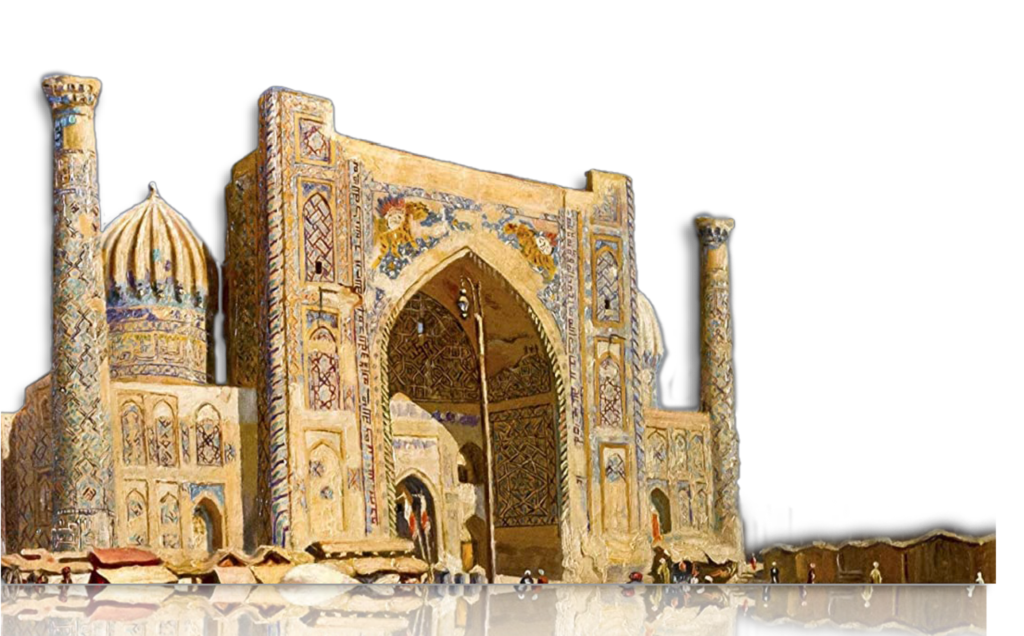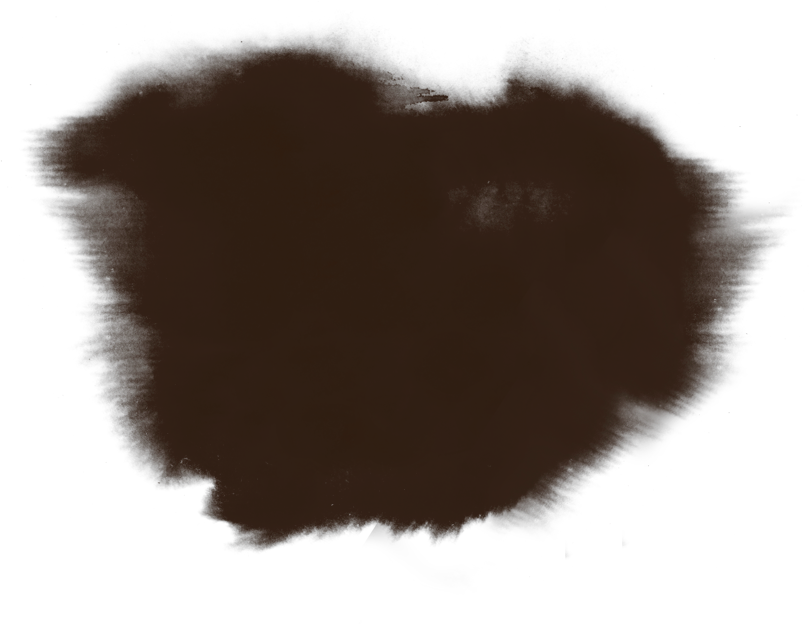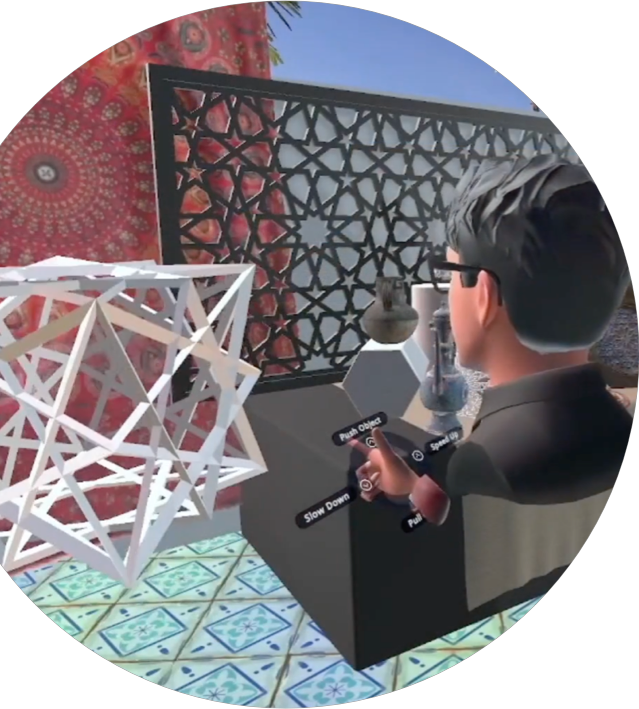4. 3D Geometric Pattern CreatoR
Lesson Plan includes:
Scaffolded Instructions
Assessments
Handouts
Extension Activities
Glossary
State Standards Alignment
In this interactive activity, students learn about the beauty and importance of sacred geometric patterns in the architecture of the ancient world and Islamic culture.
Students will explore curated examples of geometric patterns and will then be able to create their own geometric artwork, finishing by tessellating the design and projecting it onto an embellished digital arch. (VR headsets can be used with this activity, but are not required.)
Next, for additional individual choice and artistic expression, students will create a free-hand geometric pattern design on paper. Denis will teach them how to construct their designs through introductory videos, each one of increasing complexity. This can be done as an in-class or a homework assignment, and can be printed and used for decoration or submission.
A final activity will have students take photos of geometric designs that they notice in their daily lives. These can be collected in a number of creative ways that the class can view together.


Class time required: 1 class period + homework
Objectives:
• Students will learn about the importance and proliferation of geometric designs in the ancient world as they watch a 3-D introductory video, along with Denis’ accompanying narration, followed by a guided tour through 3 separate immersive, 360° environments, where students can explore real examples of geometric patterns on ancient architecture still standing today. These will serve as inspiration when students create their own designs, using the digital tile maker provided in the module.
• Either in class or at home, students will create their own geometric designs. Freedom of choice and individual artistic expression is encouraged. Symmetry, spatial awareness, measurements, and the science of geometry will form the basis of this exercise. Mathematically, students will: ⁃ develop confidence in the basic geometric operations applied in this situation.
- explore a variety of approaches and methodologies used in art and architecture.
- devise, select and use appropriate mathematical models and techniques to process new information.
- use instruments to perform constructions with precision.
- perform constructions and apply constructions to cultural models.
- analyze information presented verbally and translate it into mathematical form.
• Students will explore and become familiar with the architecture and art of other cultures, in particular that of the Islamic world, through both narrated instruction and 3-D environments.
• Students will begin noticing and document geometric patterns in their own lives as a final check for understanding.

The most recognizable visual expression of Islamic art and architecture are dazzling geometric patterns that are magnificent in their beauty and awe-inspiring in their execution.
– Eric Broug


